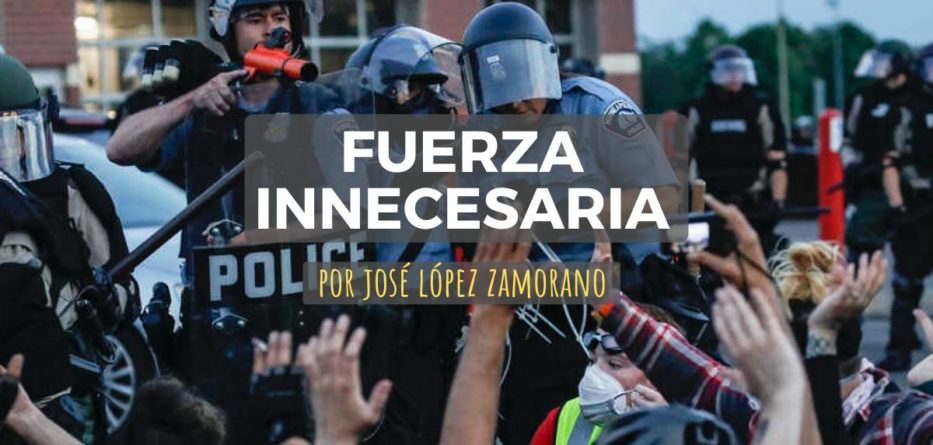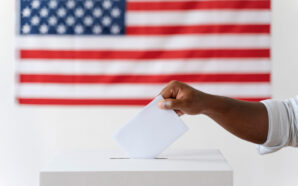Three people die every 24 hours in the United States at the hands of the police, according to data from a report made last year by the investigative site “Mapping Police Violence”. About 24% of the victims are African-American, despite being only 13% of the country’s population. It is in recent years become an alarming trend that has been made visible like never before by the omnipresence of cell phones and social networks.
Although no one could describe the United States as a police state, more than 12,000 local police departments coexist in the country, employing more than 468,000 full-time officers. It is an overwhelmingly white and male police force. Only one in four officers is African American or Hispanic, according to the Justice Department’s Office of Judicial Statistics (BJS).
It is indisputable that there are legitimate reasons for the sometimes lethal use of force by law enforcement. For example, when the police officer reasonably believes that an attacker poses a significant threat to the physical integrity of the police officer or other persons, or if a suspect escapes and may pose a threat to others.
Under those rules, the death of African-American George Floyd in Minneapolis, Minnesota has been declared a “homicide”. Derek Chauvin, the police officer who applied knee pressure to his neck for 8 minutes and 53 seconds, including nearly 3 minutes when the subject was immobile, was charged with third-degree murder (Editor’s note: since writing, Derek Chauvin’s charge has been raised to second-degree murder).
According to Campaign Zero figures, a total of 253 unarmed people were killed by police in 2014 in the United States. Ninety-one fatal incidents started with simple traffic violations.
The pertinent question is: What should society do to reduce the excessive use of police force and unnecessary deaths? You don’t have to dig deep to find the best police practices not only in other countries but within the United States. Among the experts’ recommendations:
Extensive compulsory cultural training of police officers to protect communities, especially minorities, without resorting to the use of lethal force, as in Germany or England; review the rules of the use of force, including against moving vehicles; establish a requirement for police departments to report and review violent incidents; mandatory use of body video cameras; end the transfer of military equipment to the police, among others.
The police response to protests sparked in more than 70 cities by the death of George Floyd, however, confirms the difficulty of achieving rapid and significant change. Agents are being accused of using rubber bullets, pepper spray, and tear gas indiscriminately, including against peaceful protesters. Neither intimidation nor militarization are the solution to the problem.
The fight over firearms regulation shows that no profound change is easy, but doing nothing would be the worst offense to the memory of the victims.
For more information visit www.laredhispana.com.






